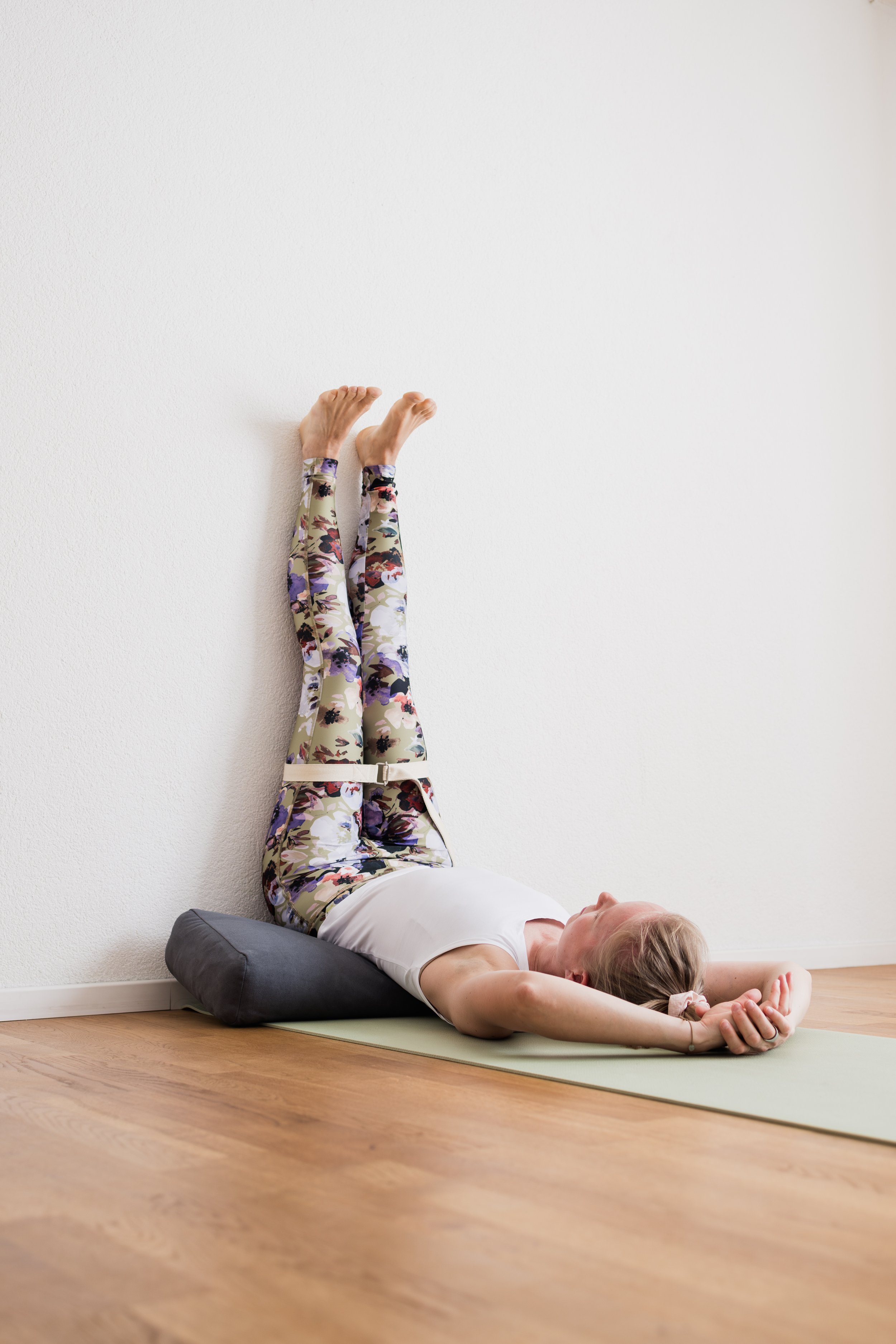The Restorative Power of Viparita Karani
In the constant motion of life, whether it's the physical exertion from a workout or the mental strain from long hours at the office, our bodies and minds yearn for a moment of equilibrium and peace. This is where the remarkable practice of Viparita Karani, a restorative yoga pose also known as 'legs up the wall', comes into play. This pose is excellent for calming the nervous system and helping the body transition into a restful state. It removes tension in the brain, relaxes the eyes, releases tension in the diaphragm and rib cage, and frees the legs. Spending 5-10 minutes in Viparita Karani can lead to a quiet mind, free breath, and deep relaxation.
Why Viparita Karani?
Viparita Karani is more than just a relaxing posture; it's a holistic remedy that has the power to improve our physical and mental wellness. Its popularity and necessity stem from its accessibility - almost anyone can perform it, and its benefits are particularly relevant in our fast-paced world.
Just 5-15 minutes in this pose can bring profound changes. The act of elevating your legs against a wall not only eases muscle tension but also fosters mental serenity, calming the turmoil within your mind and soothing your nerves.
Eight Benefits of Viparita Karani
Improved Circulation: Elevating the legs facilitates venous return. This reduces swelling and fatigue in the legs, offering a rejuvenating effect.
Relief for Tired Legs: After physical activities like running, hiking, or an active yoga session, Viparita Karani helps alleviate muscle soreness and tension in the legs.
Stress Reduction: Its calming influence on the nervous system makes it an effective stress-reliever and thus, a great pose before bedtime can improve sleep quality by relaxing the mind and body.
Enhanced Sleep Quality: Practicing Viparita Karani before bedtime can significantly improve sleep through its relaxing effect on both the mind and the body.
Mental Clarity: Inverting the body can potentially enhance focus and mental clarity.
Deep Relaxation: Activating the parasympathetic nervous system, this pose encourages the body's relaxation response.
Prevention of Varicose Veins: By improving circulation, it may help in reducing the risk of varicose veins.
Back Pain Relief: It gently stretches the hamstrings and lower back muscles, easing tension and discomfort.
Important Considerations
While Viparita Karani is beneficial, it's vital to be aware of contraindications. In the following cases, it is better to skip this (and any other inversions) yoga asana:
hiatal hernia
epilepsy or recent stroke
eye pressure, glaucoma, or recent eye surgery
retinal, heart, and neck problems
menstruation
pain or discomfort in the pose
pressure in the head
respiratory or sinus infection
High blood pressure
Acid reflux
As with any yoga practice, it's crucial to listen to your body and make modifications as needed. If you have specific health concerns or conditions, it's advisable to consult with a healthcare provider or an experienced yoga instructor before incorporating Viparita Karani into your practice. They can provide personalized guidance to ensure your safety and well-being.
Incorporating Viparita Karani into Your Life
As we navigate through our day, dedicating time to practices like Viparita Karani can make a significant difference in our overall well-being. It's a gentle reminder that sometimes, the most profound healing comes from simply elevating our legs and allowing our bodies and minds to rest in harmony.
Your Experience
Now, I turn to you – my readers. What's your favorite self-care tool? How does it help you rejuvenate? Share your experiences in the comments.
